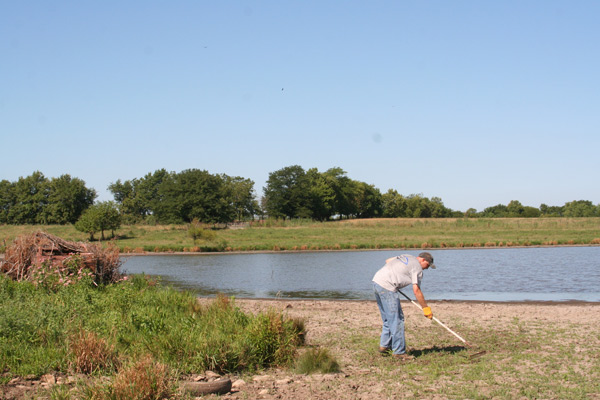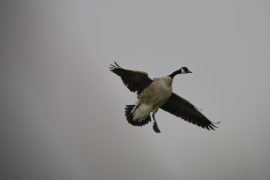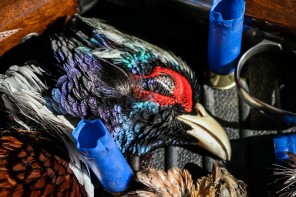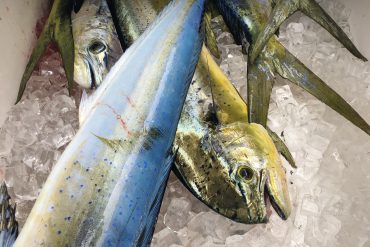Well, it’s about that time of year. The monkeys are heading back to school. Doves appear in abundance, mocking us while we work in our yards, while the local goslings are finding their wings and taking flight. We may even get lucky, as was such this this past week, and find minor temperature drops, along with some sustained rainfall.
Ah, the tickling tease of another “season”, barely sniff-able from around the corner…
To these Outdoorsmen, this typically brings on a sudden urge to work on duck blinds.
The past couple of years, a certain blind, referred to simply as the “North Blind” – for reasons that may be entirely too obvious (give up? It’s on the north side of the pond!) has fallen a bit short of expectations in terms of location and general orientation. Once upon a time, the particular point it sits on seemed to be about right. But we Outdoorsmen of the scholarly type, with years of data now accumulated, sorted, and sufficiently analyzed, decided this was the year that we would stop watching our feathered friends land 40-50 yards back in the marshy area to the right of the blind, where Nick typically holds down the fort with his lefty-shooting-prowess.
Much to Nick’s chagrins, it was decided he did not need the pressure of having to deal with the lions share of the duck traffic out of this blind, and plans were baked up for a blind move to a smaller, secondary point that would put all occupants of The North Blind in a better position and orientation to intercept all varieties of incoming/oncoming duck traffic.
All sounded fine and dandy. With plans laid out, we set to the task of stripping down old brush and dismantling the two separate chambers that come together
dandy. With plans laid out, we set to the task of stripping down old brush and dismantling the two separate chambers that come together
as one for a move and reassembly. One of the first checks on any given blind rehab or maintenance project is the search for critters, the likes of whom often take up temporary residency between seasons. Uncovering only a massive bullfrog, who I must say was a bit reluctant to abandon his quarters, all seemed clear… no raccoon, possums, etc., so that’s nice, right?
 So the initial wasps nest was manageable – a surprise at first, but manageable. The massive bumblebee colony burrowed into the mud underneath the blind itself was a lot less manageable. And I might state for the record that these things were not nice. Not one bit. And they were smart. I won’t go into details here, but suffice it to say, someone up on the gravel road with a camcorder could of made a fortune on America’s Funiest Home Videos taping Nick and I staging raids on the hive, only to be pushed back 30 yards, tripping and fumbling and rolling around in the pasture… We never claimed to be smart; however, persistence WAS on our side.
So the initial wasps nest was manageable – a surprise at first, but manageable. The massive bumblebee colony burrowed into the mud underneath the blind itself was a lot less manageable. And I might state for the record that these things were not nice. Not one bit. And they were smart. I won’t go into details here, but suffice it to say, someone up on the gravel road with a camcorder could of made a fortune on America’s Funiest Home Videos taping Nick and I staging raids on the hive, only to be pushed back 30 yards, tripping and fumbling and rolling around in the pasture… We never claimed to be smart; however, persistence WAS on our side.
An hour and multiple bee stings later, the queen was banished, much of her army subdued, with Nick, Dakota and myself having forcefully reclaimed our territory.
The subsequent dismantling and transporting of the blind posed a whole new challenge, as we attempted to perform a 4 man operation with only the two of us. Over low-water-exposed-rocky-shoreline, broken up only by cow-hoof-stamped mud, we didn’t get halfway to our destination before I lost my footing, threatening an old back injury. This abruptly ended the move for this day.
Nick proceeded to grace the exposed mud flats with millet, with high hopes that it takes and we get enough rain to get it to germinate but not enough to flood the flat too soon before season. A decent gamble, low cost, high potential payoff.
the exposed mud flats with millet, with high hopes that it takes and we get enough rain to get it to germinate but not enough to flood the flat too soon before season. A decent gamble, low cost, high potential payoff.
It always feels good to get this kind of “work” done, but the best part of the day was seeing a dozen or so blue-winged teal – they were there the whole time, getting up a few times, but always circling to come back. They literally sat there – you can see how close in the photo below – while we worked around them
It’s always good to see a few birds using the pond already, and eager to stay put, even with us working a few short acres across from them.
Fall, hurry it up. We’re ready for you.






